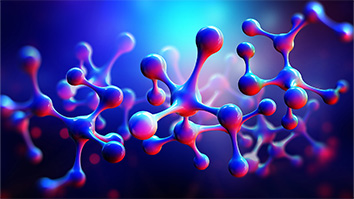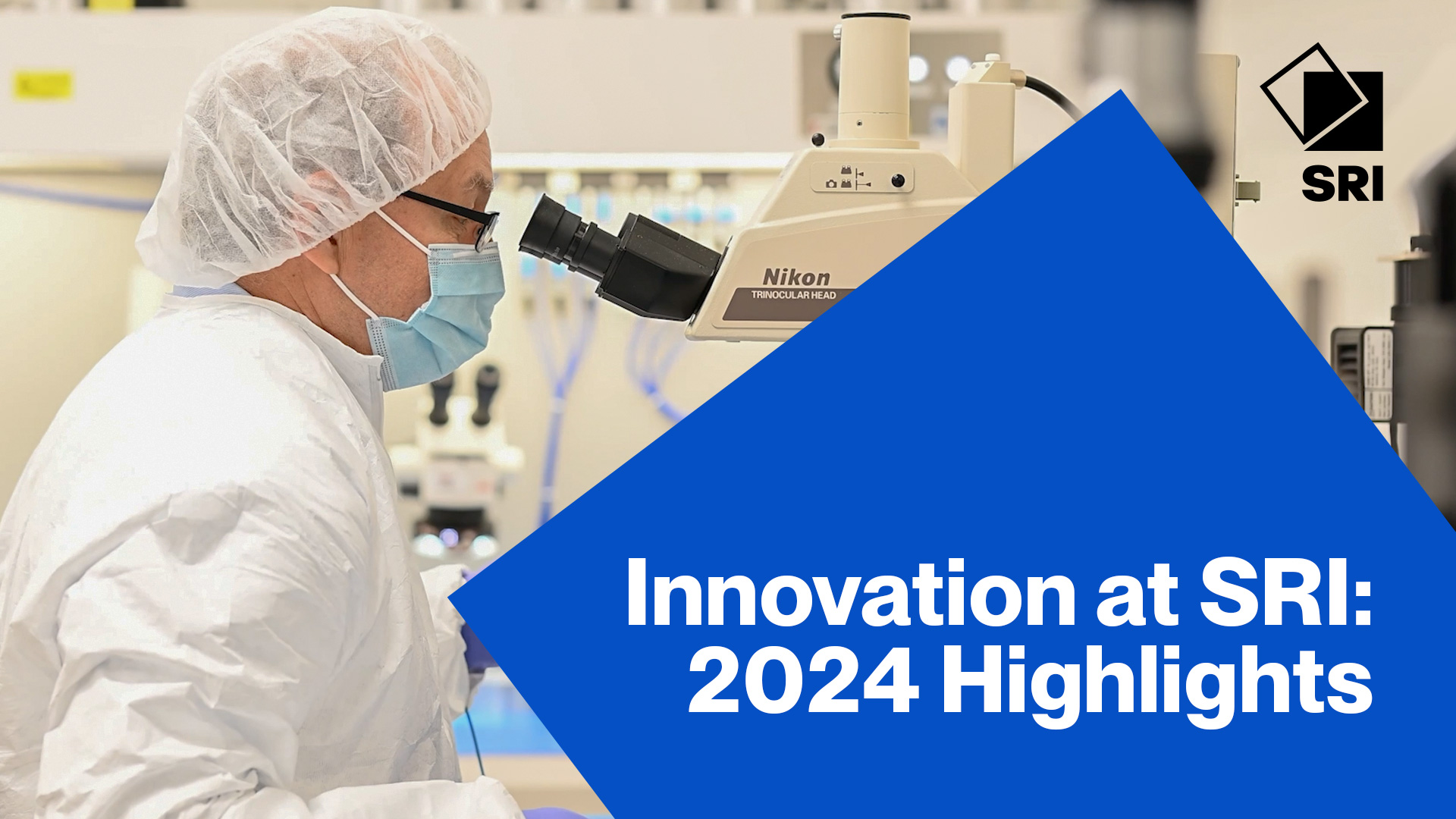Citation
Schwartz, D. E.; Smith, C.; Yong, Z.; Iftime, G.; Saha, B.; Cocker, E.; Paulson, C.; Lee, J.; Daniel, G.; Beck, V.; Meyyappan, M.; Kim, B. Printed Carbon Nanotube Gas Sensor Arrays for Natural Gas Leak Detection (invited). MRS Fall.; Boston, MA USA. Date of Talk: 2016-12-02
Abstract
Methane is a potent global warming gas and fugitive natural gas is a significant contributor to climate forcing. Mitigation of this threat requires an inexpensive monitoring solution that can be deployed at natural gas wells, compressor stations, and processing facilities, as well as along pipelines. With support from ARPA-E, PARC and NASA Ames Research Center are developing a low-cost, high-performance natural gas well leak detection system based on printed nanomaterials. The system uses distributed arrays of chemical sensors containing variously-modified carbon nanotubes (CNTs) to achieve high sensitivity and high selectivity for methane and other components of natural gas, as well as potential interfering gases. Target gases includes methane, other low-molecular-weight alkanes, hydrogen sulfide, and ammonia, among others. Sensitivities down to below 1 part per million (1 ppm) for methane and other gases are possible because of the high surface area of the CNTs. The sensors operate at room temperature, and consume very low power, on the order of microwatts. Selectivity is achieved through advanced pattern-matching algorithms. The sensors can achieve extremely low cost through print manufacturing. Leak localization and leak rate estimation are accessible with physics-based probabilistic modeling supported by computational fluid dynamics as well as wind tunnel simulations of gas plume formation and dispersion. A self-forming wireless communication network allows low-effort commissioning and remote data analysis. The sensor system can be broadly applied at upstream, midstream, and downstream facilities. It also can be adapted to other gases and gas combinations, and utilized for industrial and residential safety, air quality monitoring, and other applications. An overview of the sensor system as well as recent technical results will be presented.


